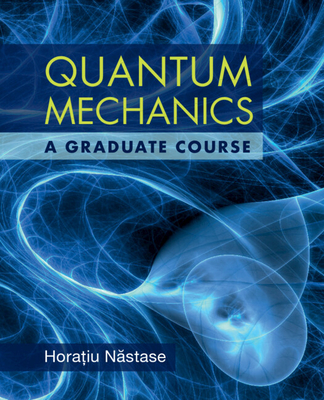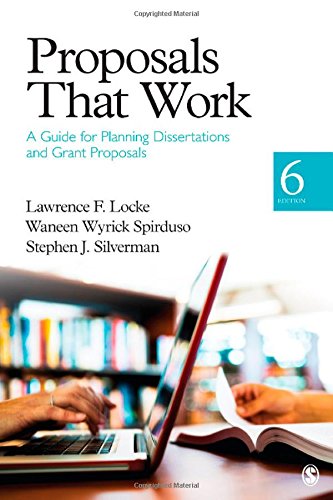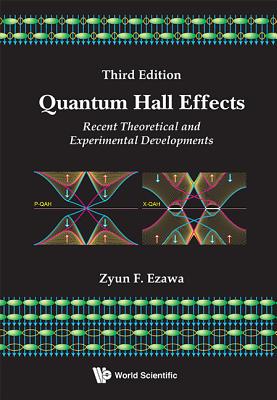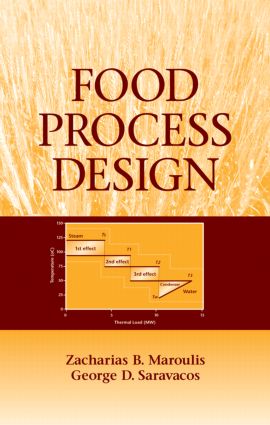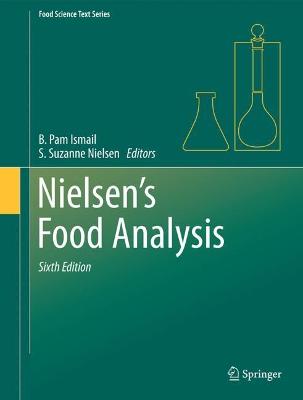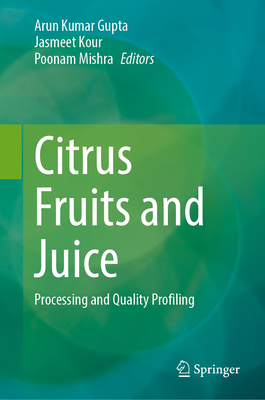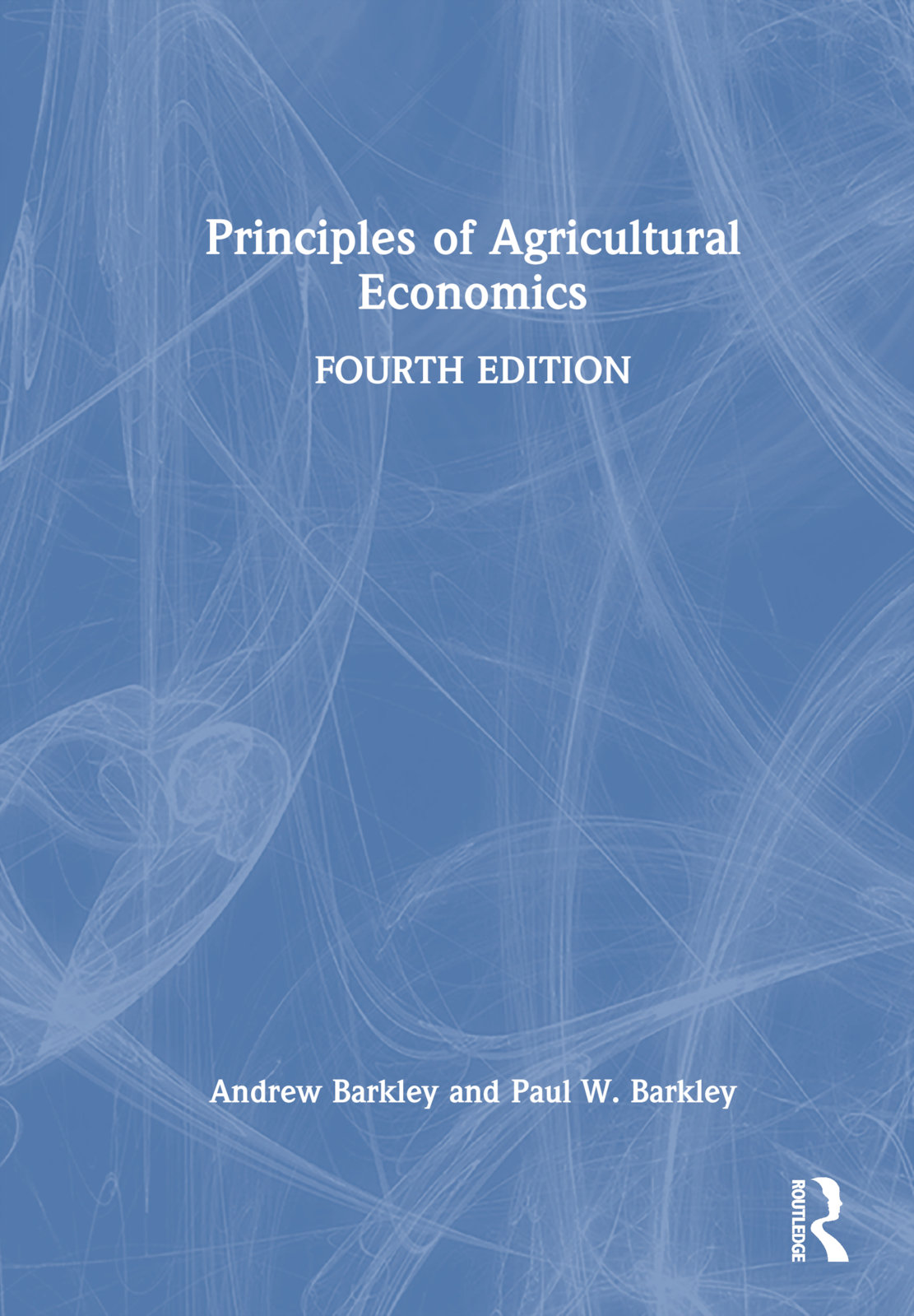
Burton Dassett Southend, Warwickshire(The Society for Medieval Archaeology Monographs)
沃里克郡的波顿·达塞特·绍森德:中世纪的集市村
考古理论
¥
478.75
售 价:
¥
383.00
优惠
平台大促 低至8折优惠
发货周期:国外库房发货,通常付款后3-5周到货!
出 版 社
出版时间
2023年02月01日
装 帧
平装
页 码
250
开 本
297 x 210 mm (8.27 x 11.6
语 种
英文
综合评分
暂无评分
- 图书详情
- 目次
- 买家须知
- 书评(0)
- 权威书评(0)
图书简介
Southend, one of five medieval settlements in Burton Dassett parish, Warwickshire, was the site of a market promoted by the manorial lord Bartholomew de Sudeley, with a charter being obtained in 1267. The settlement prospered, becoming known as Chipping Dassett, and approached urban status, but then declined throughout the 15th century. It was subjected to depopulation in 1497. The site survived as earthworks in pasture until construction of the M40 motorway necessitated the archaeological programme described here. The only building to survive was the 13th-century chapel of St James, reduced, along with an adjacent post-medieval priest’s house, to a cow-shed.Open area excavations at Southend investigated parts of ten medieval properties. There was some prehistoric and Romano-British activity, with evidence for woodland regeneration and subsequent clearance in the post-Roman period, despite the Feldon area being one often considered to have little in the way of tree-cover since the Roman period. The main period of occupation lasted from the mid-13th century to the late 15th century, reflecting the rise and decline of Chipping Dassett. Over 20 complete plans of houses and outbuildings were recorded, exhibiting a range of building techniques. The remains were well preserved, the surviving stratigraphy protected by demolition rubble. In most houses successive building phases were revealed and many internal features survived. A door jamb inscribed with the name of a tenant family ‘Gormand’ suggests a degree of functional literacy. One of the properties was recognised as a smithy during the excavation and a pioneering sampling and analysis of the ironworking evidence was carried out. The site was also sampled extensively for charred plant remains and, unusually for Warwickshire with its slightly acid soils, a large assemblage of animal bone was collected. Work on these provides direct evidence of medieval agricultural practice, to be compared with the local hi
本书暂无推荐
本书暂无推荐
